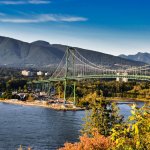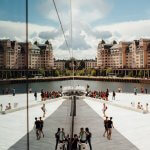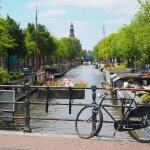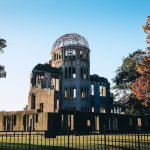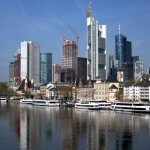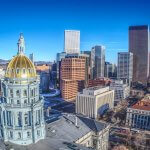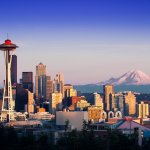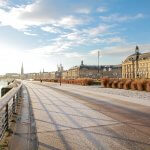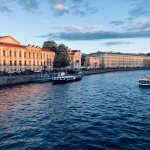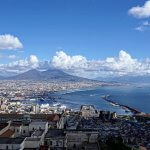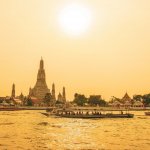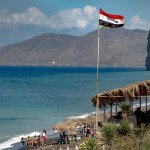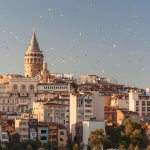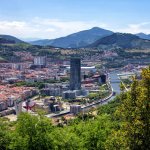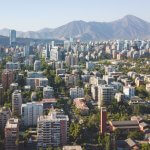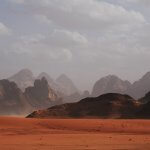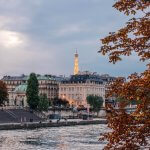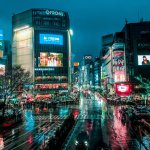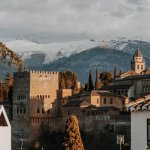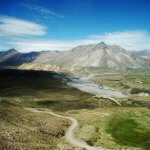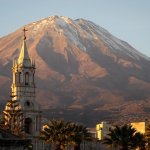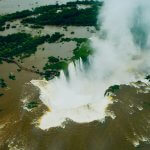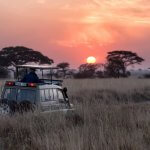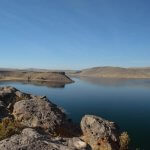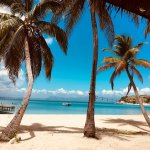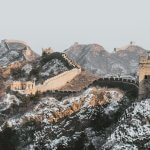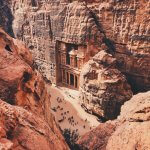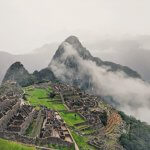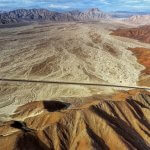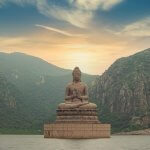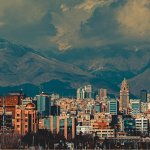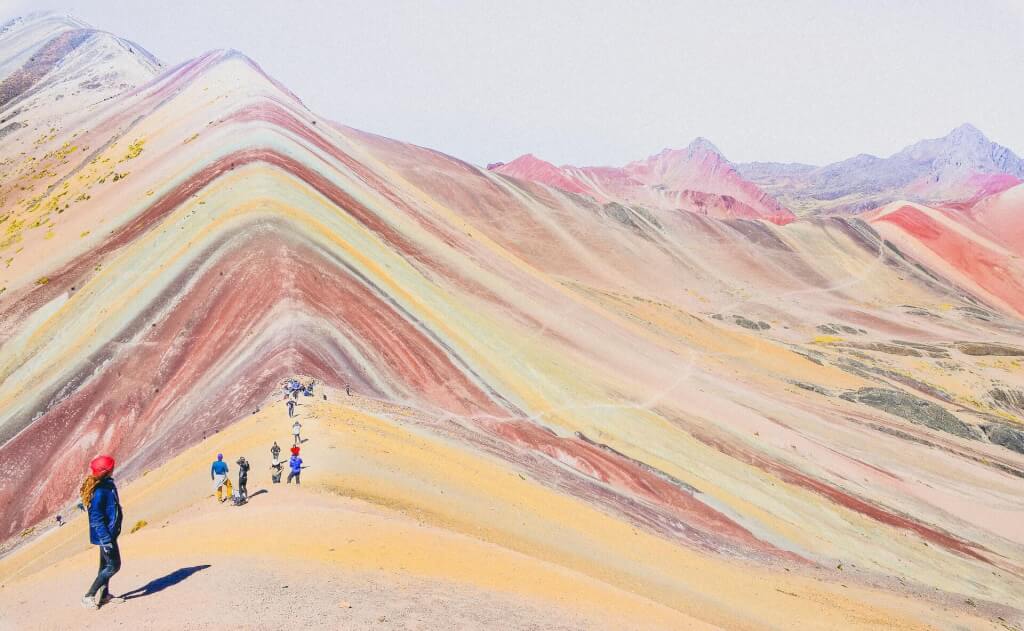
Rainbow Mountain in Peru, also known as Vinicunca or Montaña de Siete Colores. He is a breathtaking mountain range located in the Andes of Peru. The mountain range is known for its vibrant colors that are the result of mineral deposits such as iron oxide.
The area is a popular destination for travelers who are seeking a unique and unforgettable experience. However, due to its remote location and challenging terrain, planning a trip to Rainbow Mountain can be daunting. That’s where the Rainbow Mountain Travel Guide comes in, providing readers with a comprehensive guide to exploring this awe-inspiring destination.
The Rainbow Mountain Travel Guide: Exploring Peru’s Vibrant Landscapes is the ultimate resource for anyone planning a trip to Rainbow Mountain. The guide includes practical information on how to get to Rainbow Mountain, what to expect when you arrive, and tips for making the most of your visit.
Additionally, the guide features stunning photography that captures the beauty of the mountain range, as well as insights into the culture and history of the Andean region. Whether you’re a seasoned traveler or a first-time adventurer, the Rainbow Mountain Travel Guide is an essential companion for exploring the vibrant landscapes of Peru’s Rainbow Mountain.
History of Rainbow Mountain in Peru
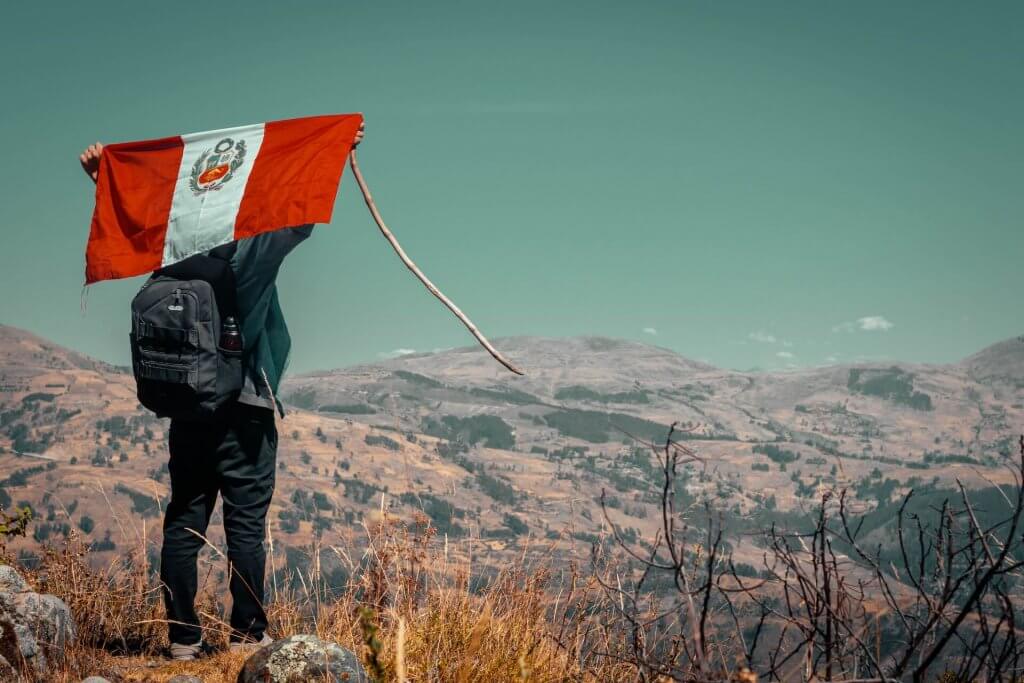
Rainbow Mountain, also known as Vinicunca, has a long history in Peru. The mountain range is located in the Andes and was known for centuries by local communities as a sacred site. However, it wasn’t until recent years that the mountain range gained worldwide recognition and became a popular tourist destination.
In 2015, a group of hikers stumbled upon the colorful mountain range and posted pictures of it on social media. The photos quickly went viral, and the previously unknown Rainbow Mountain became an overnight sensation. As a result, tour operators began offering trips to the area, and the region experienced a surge in tourism.
Despite the rapid increase in visitors, the local communities have been working to ensure that the area remains sustainable and protected. The mountain range is still considered a sacred site by many, and visitors are encouraged to respect the local culture and environment.
Today, Rainbow Mountain continues to attract travelers from around the world who come to marvel at its unique beauty and learn about the rich history and culture of the Andean region.
When To Go
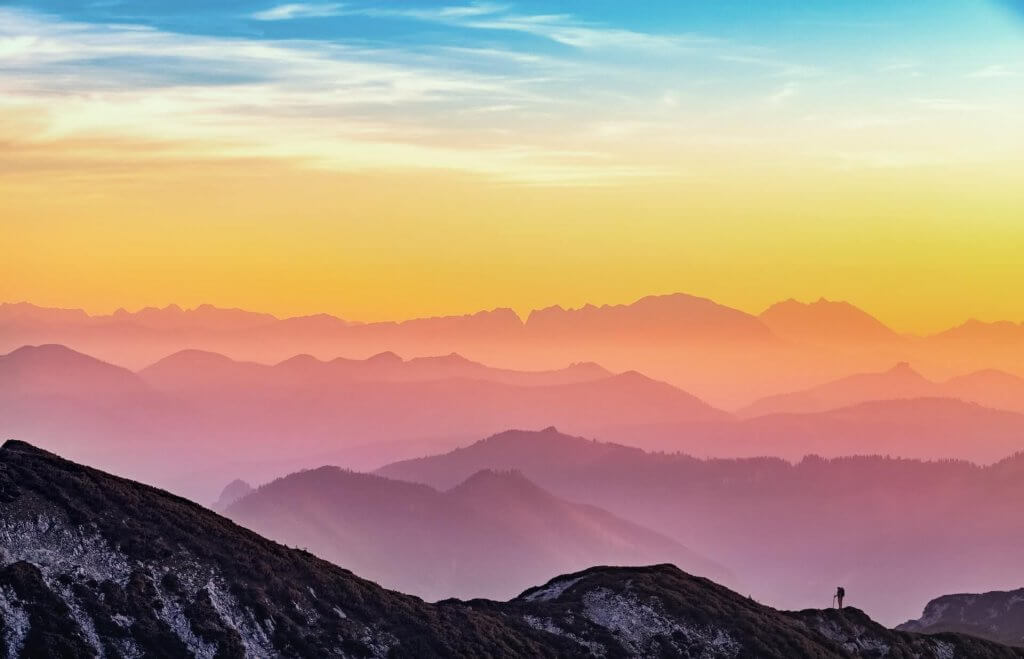
The ideal time to plan a trip to Rainbow Mountain is during the dry season, which runs from April to November. During this time, the weather is generally clear, and the trails are less muddy, making it easier for hikers to navigate the challenging terrain.
However, it’s important to note that temperatures can still drop to below freezing at night, so visitors should come prepared with warm clothing. Overall, visiting Rainbow Mountain during the dry season is the best way to ensure a safe and enjoyable trip.
How To Get To Rainbow Mountain
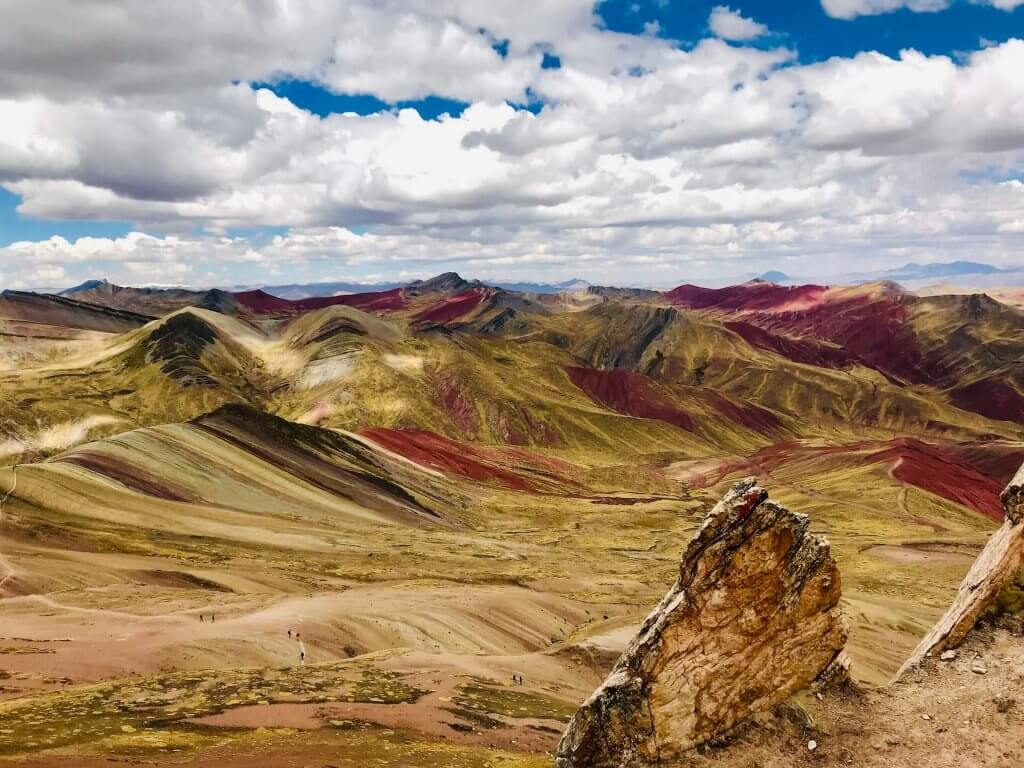
To reach Rainbow Mountain, visitors must first travel to Cusco, Peru. From there, they can book a tour or arrange private transportation to the trailhead, which is located approximately three hours away by car. The trail to Rainbow Mountain is challenging and reaches an altitude of over 5,000 meters, so visitors should be in good physical condition and acclimated to the altitude.
Rainbow Mountain In Peru: What To Do
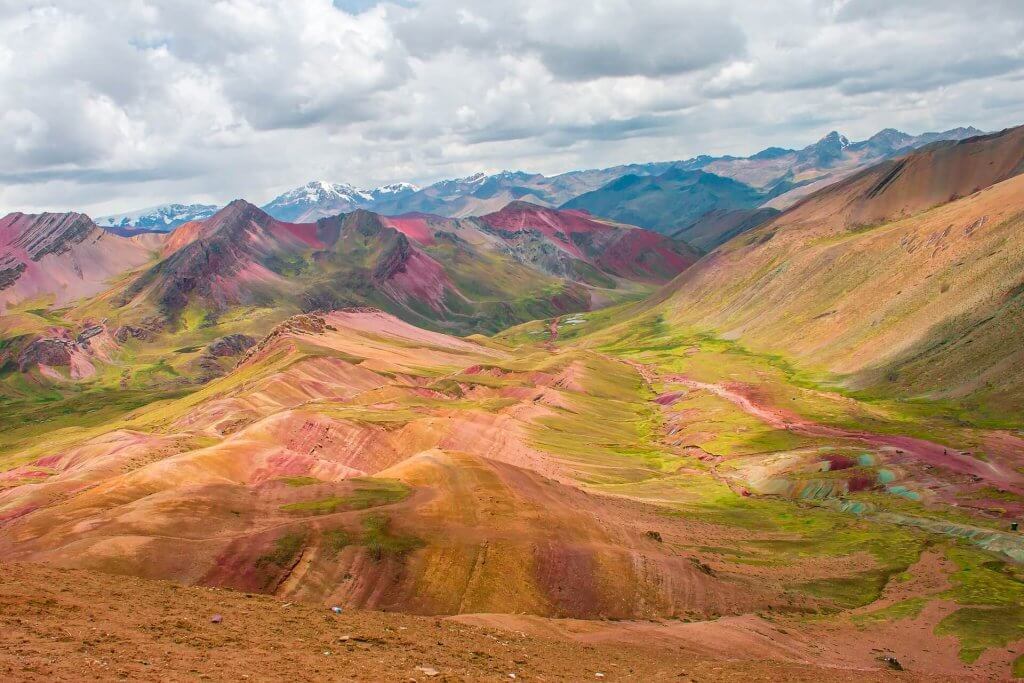
Here are three activities to do in Rainbow Mountain:
- Hiking;
- Explore Local Communities;
- Visit Nearby Attractions.
Hiking
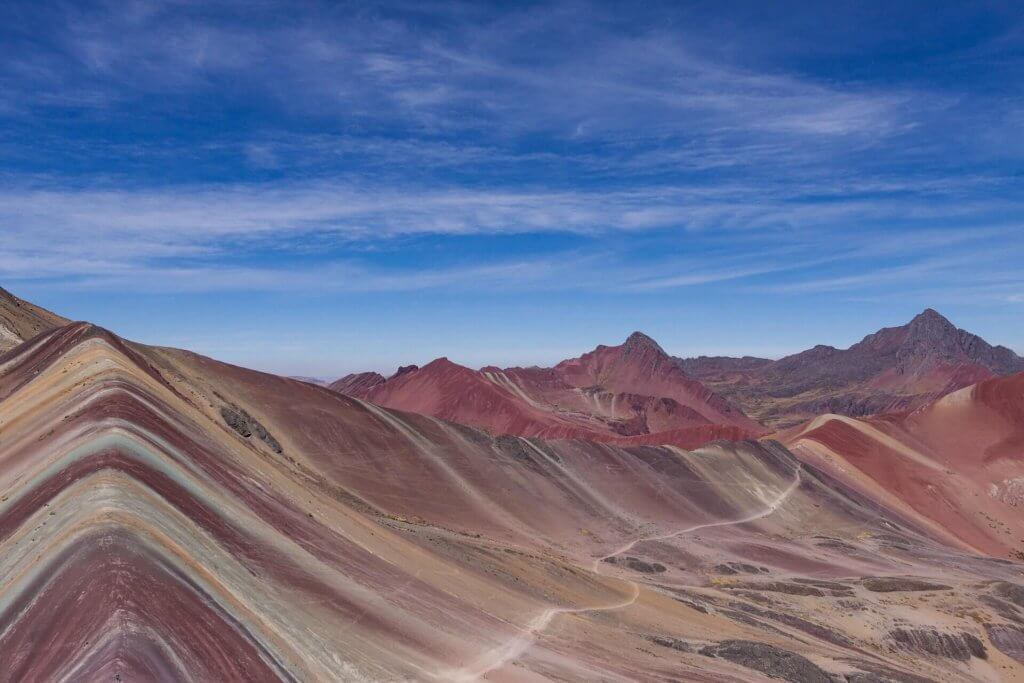
Hiking to the top of Rainbow Mountain is a challenging but rewarding experience. The trail to the summit is approximately 6 km long and takes about three hours to complete.
Along the way, hikers will encounter steep inclines, rocky terrain, and high altitude, making the trek physically demanding. However, the stunning views of the colorful mountain range and the sense of accomplishment at reaching the summit make it all worth it.
Visitors should note that the high altitude can make hiking Rainbow Mountain more difficult than other trails. They should prepare to acclimate to the altitude before attempting the hike. Furthermore, the trail’s popularity can cause it to get crowded, especially during peak season.
Visitors should aim to start the hike early in the morning to avoid the crowds .And to ensure they have enough time to complete the hike before the weather changes. Overall, hiking Rainbow Mountain is an unforgettable experience that requires physical stamina and mental fortitude. However the views and sense of accomplishment make it a must-do for adventurous travelers.
Explore Local Communities
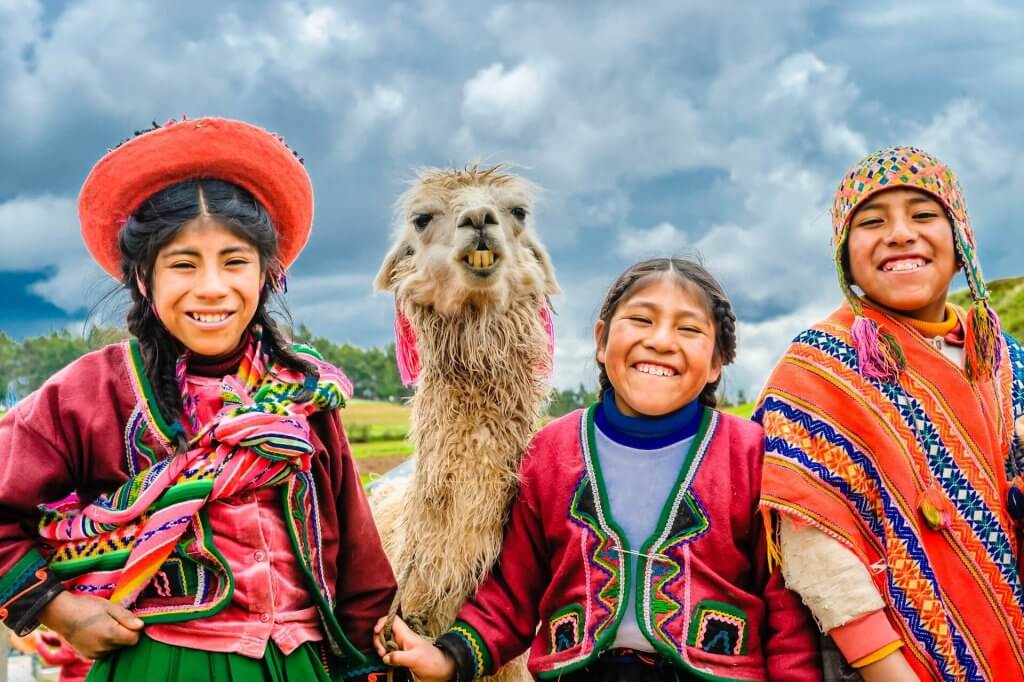
Exploring local communities near Rainbow Mountain offers visitors a chance to learn about the culture and history. There are several nearby villages where visitors can interact with locals, learn about traditional weaving and agriculture, and more.
Many of these communities have been working to promote sustainable tourism. And offer opportunities for visitors to give back to the local community.
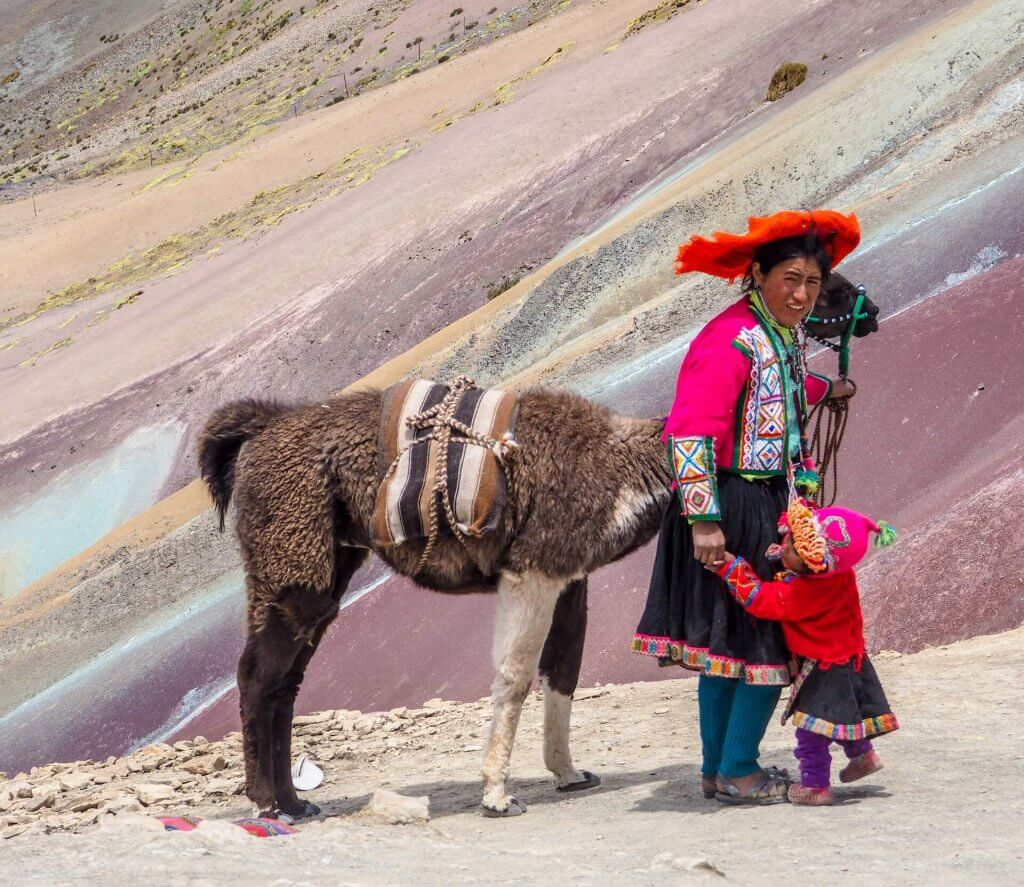
One of the most popular communities to visit is the Quechua-speaking community of Chillca. Here, visitors can learn about traditional weaving techniques, visit local schools and health clinics, etc.
Another nearby community is Pitumarca, which is known for its vibrant Sunday market, where locals sell traditional crafts and food. Visiting these communities provides a unique and authentic experience that allows visitors to connect with the local culture.
Visit Nearby Attractions
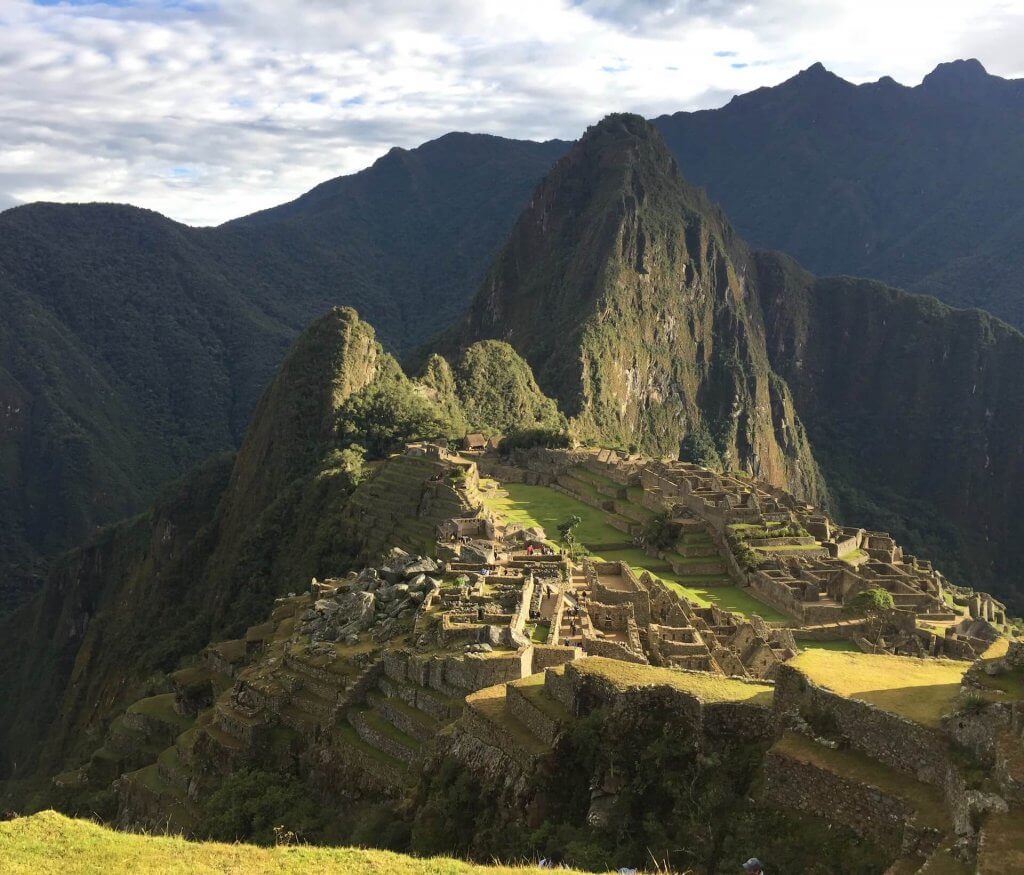
There are several nearby attractions that visitors can explore when visiting Rainbow Mountain. One of the most popular destinations in the area is the Incan ruins of Machu Picchu. Which is a UNESCO World Heritage site and one of the most iconic landmarks in South America.
The Sacred Valley is another popular destination, known for its stunning landscapes, Incan ruins, and traditional markets. Visitors can explore the ruins of Ollantaytambo and Pisac, hike to the top of the Maras salt mines.
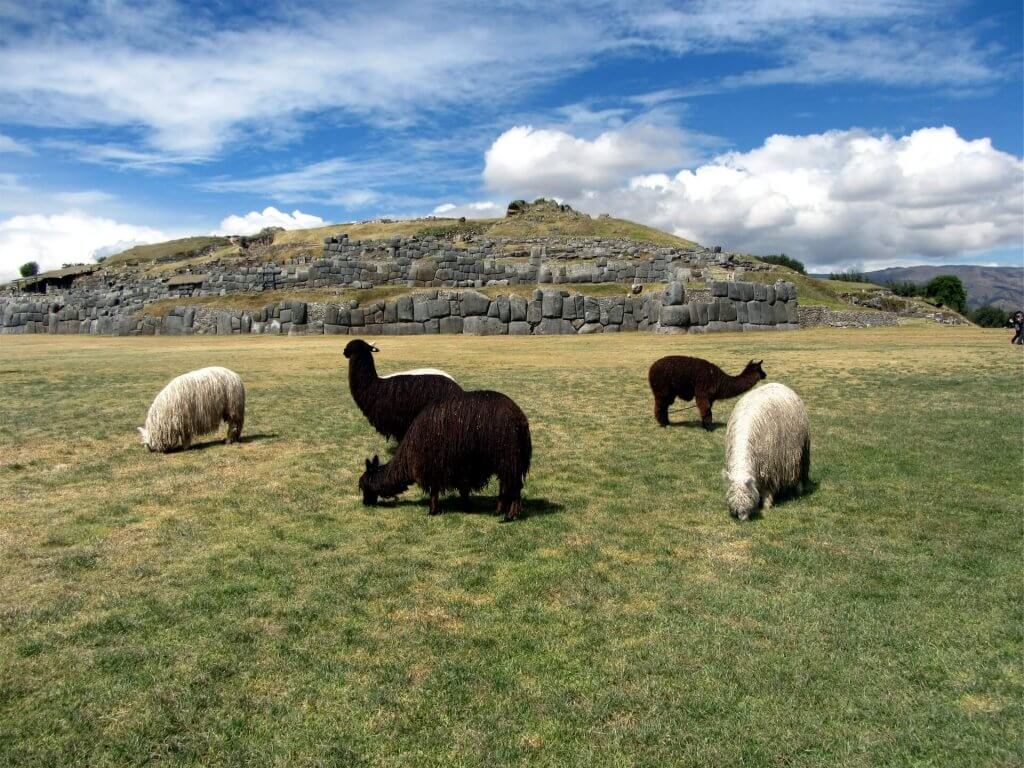
Other nearby attractions include the colonial city of Cusco, which was once the capital of the Incan Empire. And is now known for its beautiful architecture and rich cultural heritage. Visitors can explore the Plaza de Armas, visit the Cathedral of Cusco. And learn about the history of the region at the Museum of Pre-Columbian Art.
Overall, there are plenty of nearby attractions to explore when visiting Rainbow Mountain, making it a great destination for travelers.
Peruvian cuisine is renowned for its rich and diverse flavors, influenced by indigenous Andean, Spanish, African, and Asian cultures. One of the most famous dishes in Peru is ceviche. Another popular dish is lomo saltado, a stir-fry made with beef, onions, tomatoes, and French fries, served over rice.
Peru is also home to a wide variety of fruits and vegetables, many of which are unique to the region. Some popular fruits include lucuma, a sweet and creamy fruit often used in desserts, and chirimoya, a fruit with a custard-like texture and sweet flavor. Visitors to Peru can explore the country’s rich culinary heritage by sampling local dishes and visiting markets and restaurants that specialize in traditional Peruvian cuisine.
Conclusion
In conclusion, a trip to Rainbow Mountain in Peru is a unique and unforgettable experience. From hiking through the colorful landscapes to exploring local communities and trying traditional cuisine, there is something for everyone.
Here you will find some accommodations with promotions! Enjoy!


